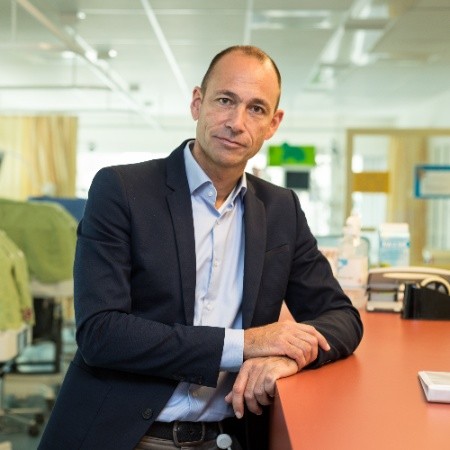Protective Ventilation of the Newborn: Forced Oscillation Technique (FOT) - From Principles to Practice
Professor Dellacà explains how this assisted, simple procedure will allow the clinician to adjust the best pressure settings, minimizing gas trapping, overdistension, or atelectasis and providing the smallest patients with the best protective mechanical ventilation.

Featured guest
Raffaele Dellacà, PhD
Raffaele Dellacà has a master's degree in Information Technology Engineering from the Politecnico di Milano (1997) and obtained a Ph.D. degree in Bioengineering in 2001 on the assessment of respiratory mechanics by optoelectronic plethysmography and forced oscillations. Since January 2005, he is an assistant professor at the Department of Bioengineering of the Politecnico di Milano. His teaching activities are in the field of Biomedical technologies. From 2000 to 2003 he has also been Research Associate at the Biomedical Engineering Department at the Boston University, Boston, USA. Since 2005 he is a Fellow of the European Respiratory Society. Dr. Dellacà's main research interests are in the area of respiratory physiology, in particular on respiratory mechanics, linear and non-linear modeling of respiratory system mechanical properties, development of new technologies for the analysis of respiration, mechanical ventilation, and anesthesia. He is responsible for collaborating on several research projects sponsored by public agencies, foundations, and companies. He is the author of 22 papers published in international peer-reviewed journals, 8 book chapters, and 7 patents.



